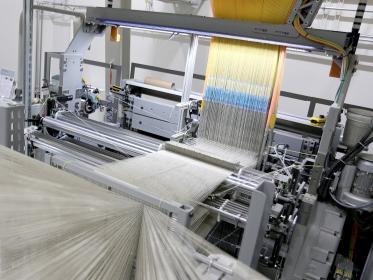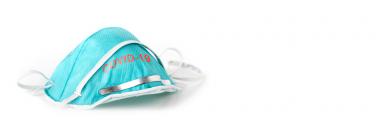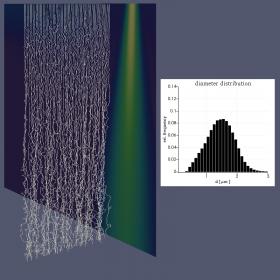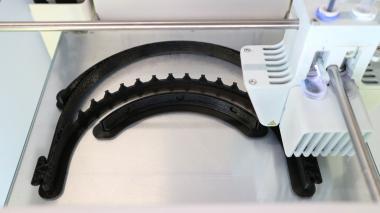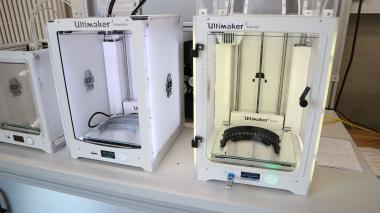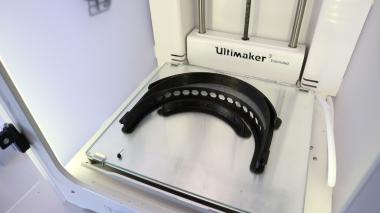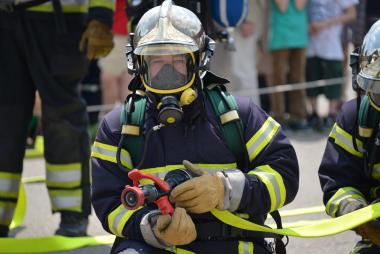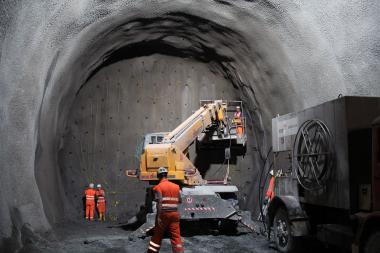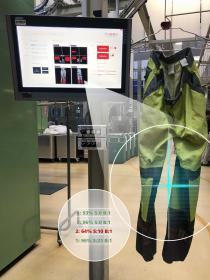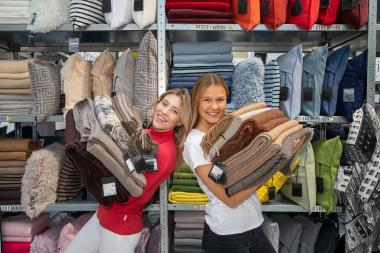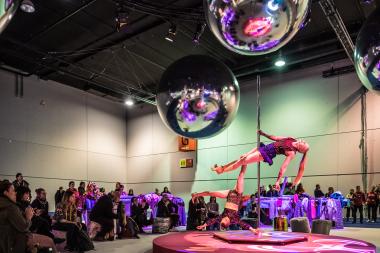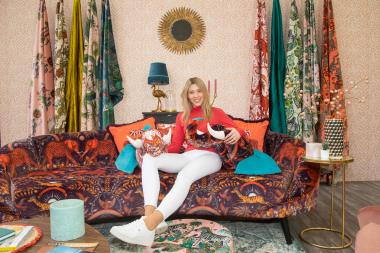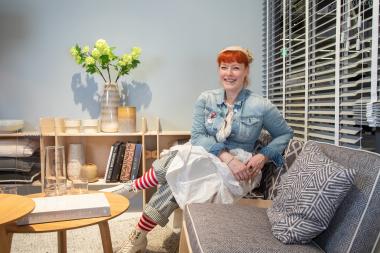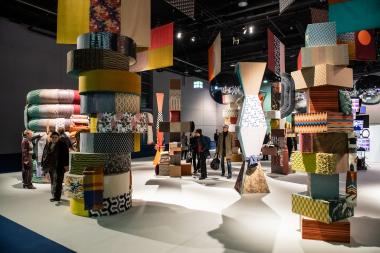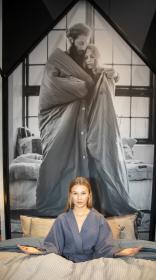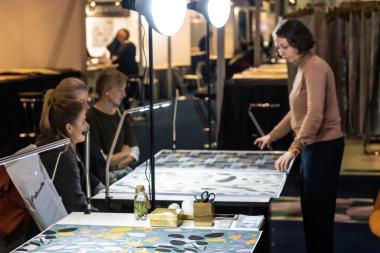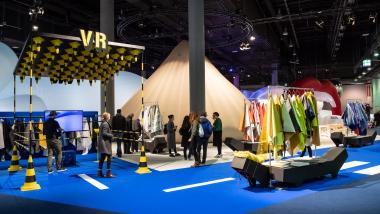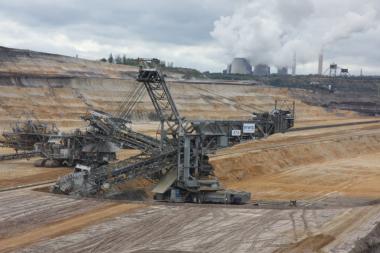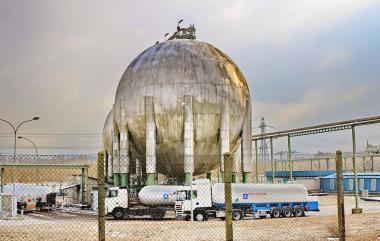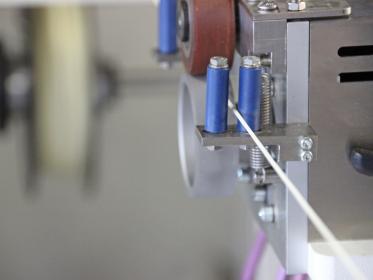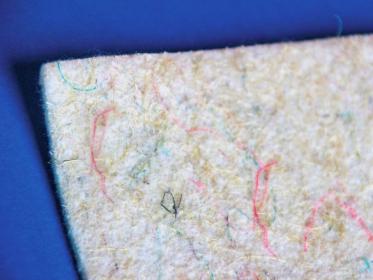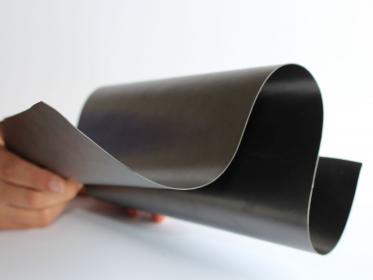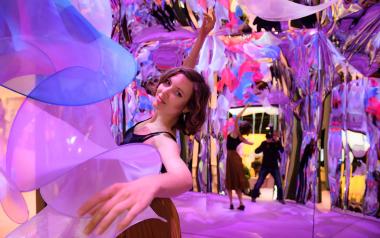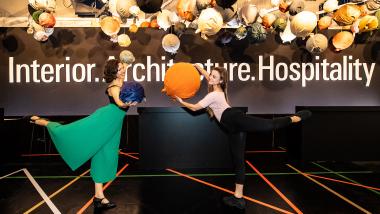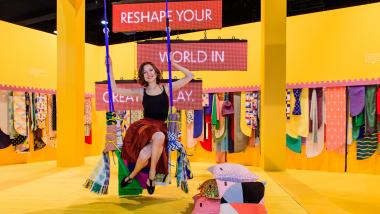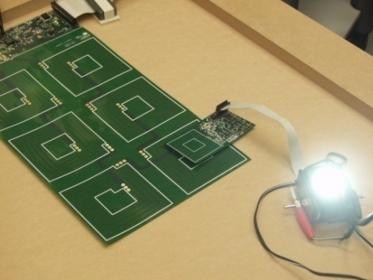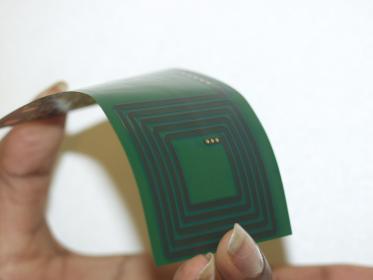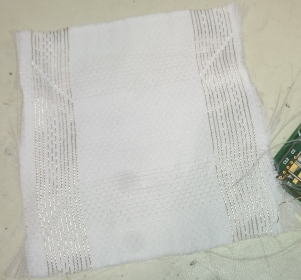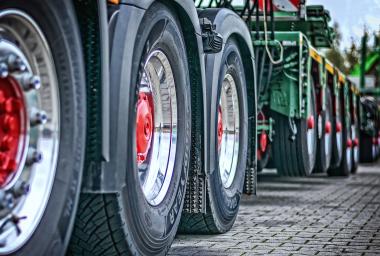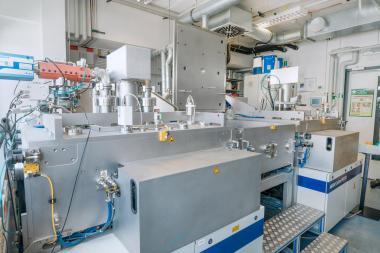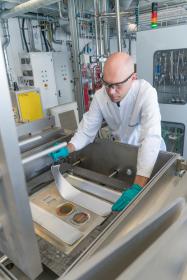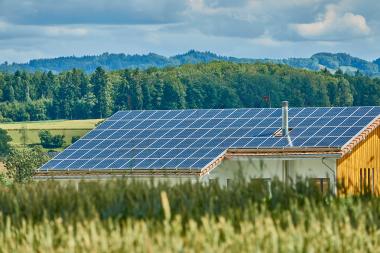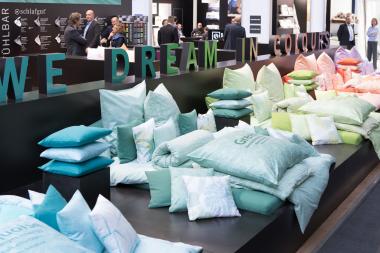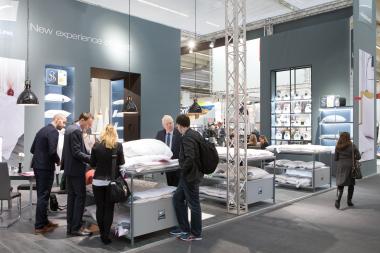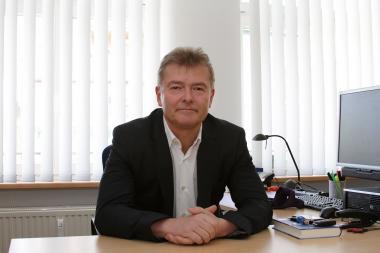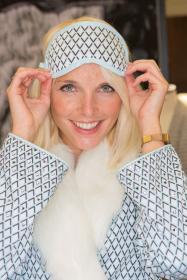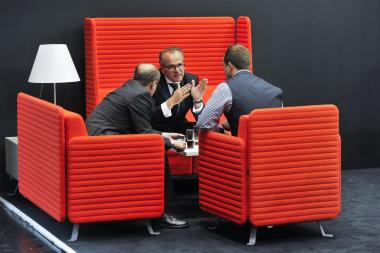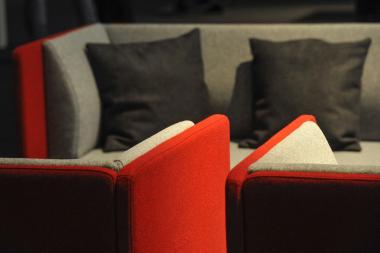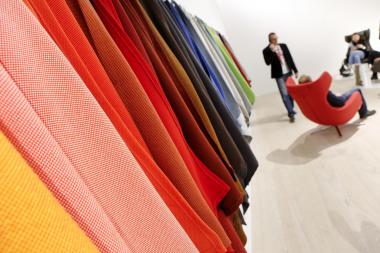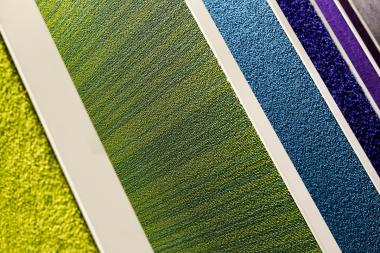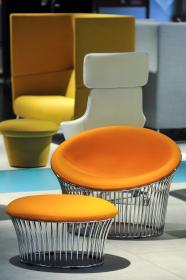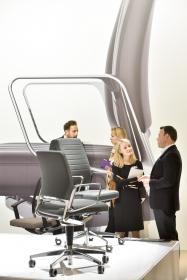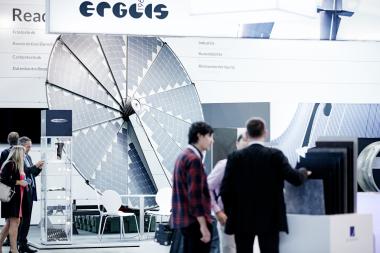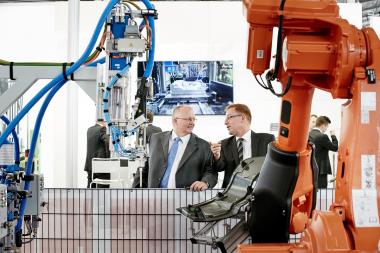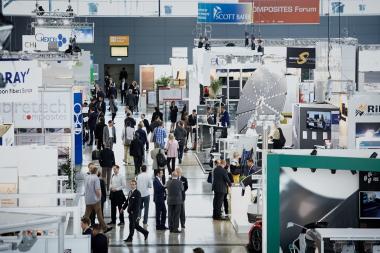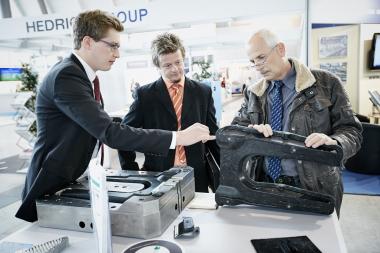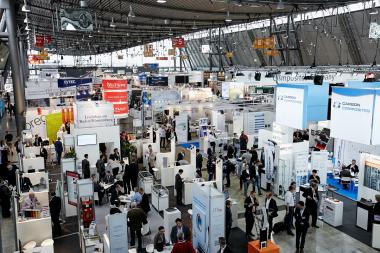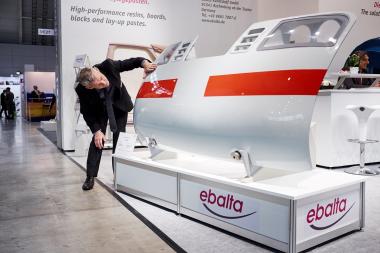Fraunhofer WKI: Climate-friendly hybrid-fiber materials on the basis of renewable natural fibers
As a result of the new combination possibilities for bio-based hybrid-fiber materials achieved at the Fraunhofer Institute for Wood Research, Wilhelm-Klauditz-Institut WKI, the industrial application possibilities for renewable raw materials, for example in the automotive industry or for everyday objects such as helmets or skis, can be expanded.
By increasing the proportion of flax fiber in hybrid-fiber materials to up to 50 percent, the scientists have demonstrated that it is possible to significantly increase the biogenic proportion in composite materials. The special aspect of the tested methods: The fabrics can be individually composed with the help of a weaving machine. In this way, process steps in industrial production, in which materials first have to be merged together, can be omitted. This will achieve reductions in energy and CO2 throughout the entire production process.
Successfully woven: Different hybrid fabrics
In view of the increased demands being placed upon environmental and climate protection, science and industry are seeking sustainable alternatives to conventional materials in all branches of production. As a material, natural fibers offer a sustainable solution. Due to their low density and simultaneous high stability, natural fibers can be used to produce highly resilient light-weight-construction materials which are easy to recycle. In the “ProBio” project, scientists from the Fraunhofer WKI have therefore addressed the question as to how the proportion of natural fibers in bio-based hybrid-fiber materials can be increased as significantly as possible. A double-rapier weaving machine with Jacquard attachment was thereby utilized in order to produce the bio-based hybrid-fiber materials.
The researchers thereby focused specifically on bio-based hybrid-fiber composites (Bio-HFC). Bio-HFC consist of a combination of cellulose-based fibers, such as flax fibers, and synthetic high-performance fibers, such as carbon or glass fibers, for reinforcement. Bio-HFC can be utilized in, for example, vehicle construction. As an innovation in the “ProBio” project, the researchers interwove differing fiber-material combinations, reinforcing fibers and matrix fibers with the aid of the double-rapier weaving machine. This procedure differs from the process in which finished fabrics are layered on top of one another.
“We have combined the advantageous properties of the fiber materials within a composite material in such a way that we have been able to compensate for weak points in individual components, thereby achieving new properties in some cases. In addition, we have succeeded in increasing the proportion of bio-based fibers to up to 50 percent flax fibers, which we have combined with 50 percent reinforcing fibers,” says project team member Jana Winkelmann, describing the procedure. The bio-hybrid textiles, each consisting of 50 percent by weight carbon and flax fabric, are introduced into a bio-based plastic matrix. The composite material possesses a flexural strength which is more than twice as high as that of the corresponding composite material made from flax-reinforced epoxy resin. This mechanical performance capability can significantly expand the application range of renewable raw materials for technical applications.
With the weaving machine, the scientists have successfully combined innovative light-weight-construction composite materials with complex application-specific fabric structures and integrated functions. Reinforcing fibers, such as carbon and natural fibers, as well as multilayer fabrics and three-dimensional structures, can be woven together in a single work step. This offers advantages for industrial production, as production steps in which materials first have to be merged together can be omitted. “We have succeeded, for example, in utilizing conductive yarns or wires as sensors or conductor paths directly in the weaving process, thereby producing fabrics with integrated functions. The introduction of synthetic fibers as weft threads enables the production of bio-hybrid composites with isotropic mechanical properties,” explains Ms. Winkelmann.
Weaving technology makes it possible to create new products with a high proportion of bio-based components on a pilot scale. The project results provide an insight into the diverse combination possibilities of natural and reinforcing fibers and demonstrate opportunities for utilization not only in vehicle construction but also for everyday objects such as helmets or skis. The results will be presented within the framework of the 4th International Conference on Natural Fibers, ICNF, July 2019 in Porto, Portugal. The “ProBio” project, which ran from 1st July 2014 to 30th June 2019, was funded by the Lower Saxony Ministry of Science and Culture (MWK).
Background
Sustainability through the utilization of renewable raw materials has formed the focus at the Fraunhofer WKI for more than 70 years. The institute, with locations in Braunschweig, Hanover and Wolfsburg, specializes in process engineering, natural-fiber composites, wood and emission protection, quality assurance of wood products, material and product testing, recycling procedures and the utilization of organic building materials and wood in construction. Virtually all the procedures and materials resulting from the research activities are applied industrially.
Fraunhofer Institute Fraunhofer Institute for Wood Research WKI hybrid faibre material
Fraunhofer Institute for Wood Research WKI


